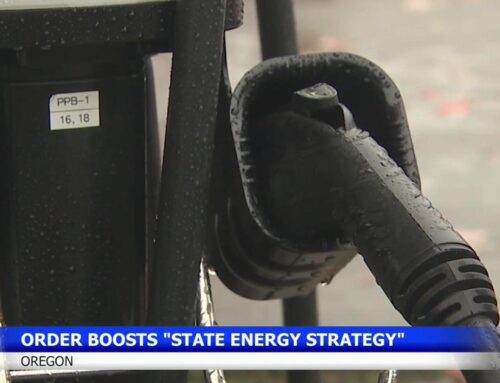Is Richtech Robotics (NASDAQ:RR) In A Good Position To Invest In Growth?
March 30, 2025
We can readily understand why investors are attracted to unprofitable companies. For example, although Amazon.com made losses for many years after listing, if you had bought and held the shares since 1999, you would have made a fortune. Nonetheless, only a fool would ignore the risk that a loss making company burns through its cash too quickly.
So should Richtech Robotics (NASDAQ:RR) shareholders be worried about its cash burn? For the purpose of this article, we’ll define cash burn as the amount of cash the company is spending each year to fund its growth (also called its negative free cash flow). First, we’ll determine its cash runway by comparing its cash burn with its cash reserves.
You can calculate a company’s cash runway by dividing the amount of cash it has by the rate at which it is spending that cash. As at December 2024, Richtech Robotics had cash of US$36m and such minimal debt that we can ignore it for the purposes of this analysis. Looking at the last year, the company burnt through US$14m. Therefore, from December 2024 it had 2.6 years of cash runway. That’s decent, giving the company a couple years to develop its business. Depicted below, you can see how its cash holdings have changed over time.
Check out our latest analysis for Richtech Robotics
One thing for shareholders to keep front in mind is that Richtech Robotics increased its cash burn by 378% in the last twelve months. And that is all the more of a concern in light of the fact that operating revenue was actually down by 51% in the last year, as the company no doubt scrambles to change its fortunes. In light of the above-mentioned, we’re pretty wary of the trajectory the company seems to be on. Clearly, however, the crucial factor is whether the company will grow its business going forward. So you might want to take a peek at how much the company is expected to grow in the next few years.
Richtech Robotics seems to be in a fairly good position, in terms of cash burn, but we still think it’s worthwhile considering how easily it could raise more money if it wanted to. Issuing new shares, or taking on debt, are the most common ways for a listed company to raise more money for its business. One of the main advantages held by publicly listed companies is that they can sell shares to investors to raise cash and fund growth. We can compare a company’s cash burn to its market capitalisation to get a sense for how many new shares a company would have to issue to fund one year’s operations.
Richtech Robotics’ cash burn of US$14m is about 6.3% of its US$218m market capitalisation. Given that is a rather small percentage, it would probably be really easy for the company to fund another year’s growth by issuing some new shares to investors, or even by taking out a loan.
On this analysis of Richtech Robotics’ cash burn, we think its cash runway was reassuring, while its increasing cash burn has us a bit worried. While we’re the kind of investors who are always a bit concerned about the risks involved with cash burning companies, the metrics we have discussed in this article leave us relatively comfortable about Richtech Robotics’ situation. On another note, we conducted an in-depth investigation of the company, and identified 5 warning signs for Richtech Robotics (2 shouldn’t be ignored!) that you should be aware of before investing here.
If you would prefer to check out another company with better fundamentals, then do not miss this free list of interesting companies, that have HIGH return on equity and low debt or this list of stocks which are all forecast to grow.
Have feedback on this article? Concerned about the content? Get in touch with us directly. Alternatively, email editorial-team (at) simplywallst.com.
This article by Simply Wall St is general in nature. We provide commentary based on historical data and analyst forecasts only using an unbiased methodology and our articles are not intended to be financial advice. It does not constitute a recommendation to buy or sell any stock, and does not take account of your objectives, or your financial situation. We aim to bring you long-term focused analysis driven by fundamental data. Note that our analysis may not factor in the latest price-sensitive company announcements or qualitative material. Simply Wall St has no position in any stocks mentioned.
Terms and Privacy Policy
Search
RECENT PRESS RELEASES
Related Post




